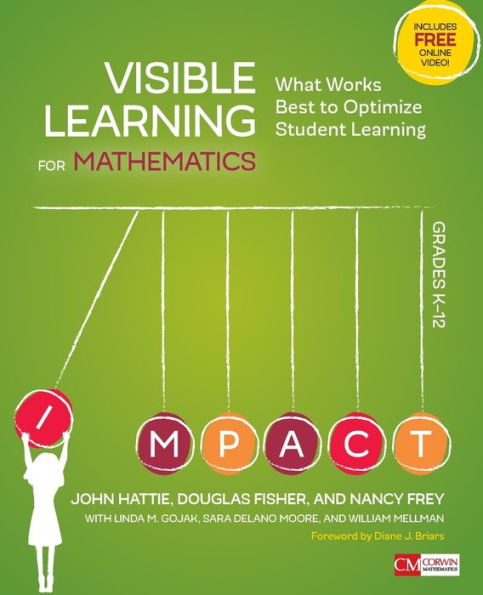5
1
9781506362946



Visible Learning for Mathematics, Grades K-12: What Works Best to Optimize Student Learning / Edition 1 available in Paperback, eBook

Visible Learning for Mathematics, Grades K-12: What Works Best to Optimize Student Learning / Edition 1
- ISBN-10:
- 150636294X
- ISBN-13:
- 9781506362946
- Pub. Date:
- 09/30/2016
- Publisher:
- SAGE Publications
- ISBN-10:
- 150636294X
- ISBN-13:
- 9781506362946
- Pub. Date:
- 09/30/2016
- Publisher:
- SAGE Publications

Visible Learning for Mathematics, Grades K-12: What Works Best to Optimize Student Learning / Edition 1
$41.95
41.95
In Stock

Product Details
| ISBN-13: | 9781506362946 |
|---|---|
| Publisher: | SAGE Publications |
| Publication date: | 09/30/2016 |
| Series: | Corwin Mathematics Series |
| Edition description: | New Edition |
| Pages: | 304 |
| Sales rank: | 90,006 |
| Product dimensions: | 7.30(w) x 9.00(h) x 0.80(d) |
About the Author
From the B&N Reads Blog
